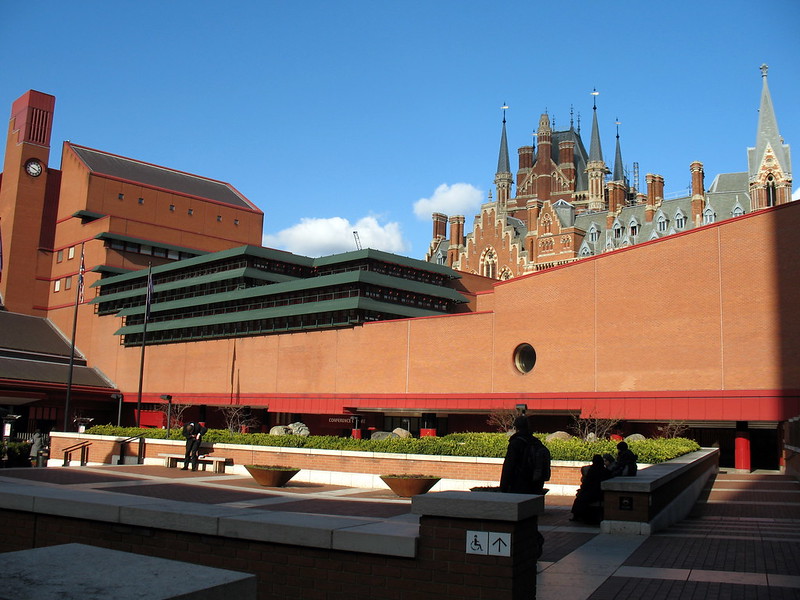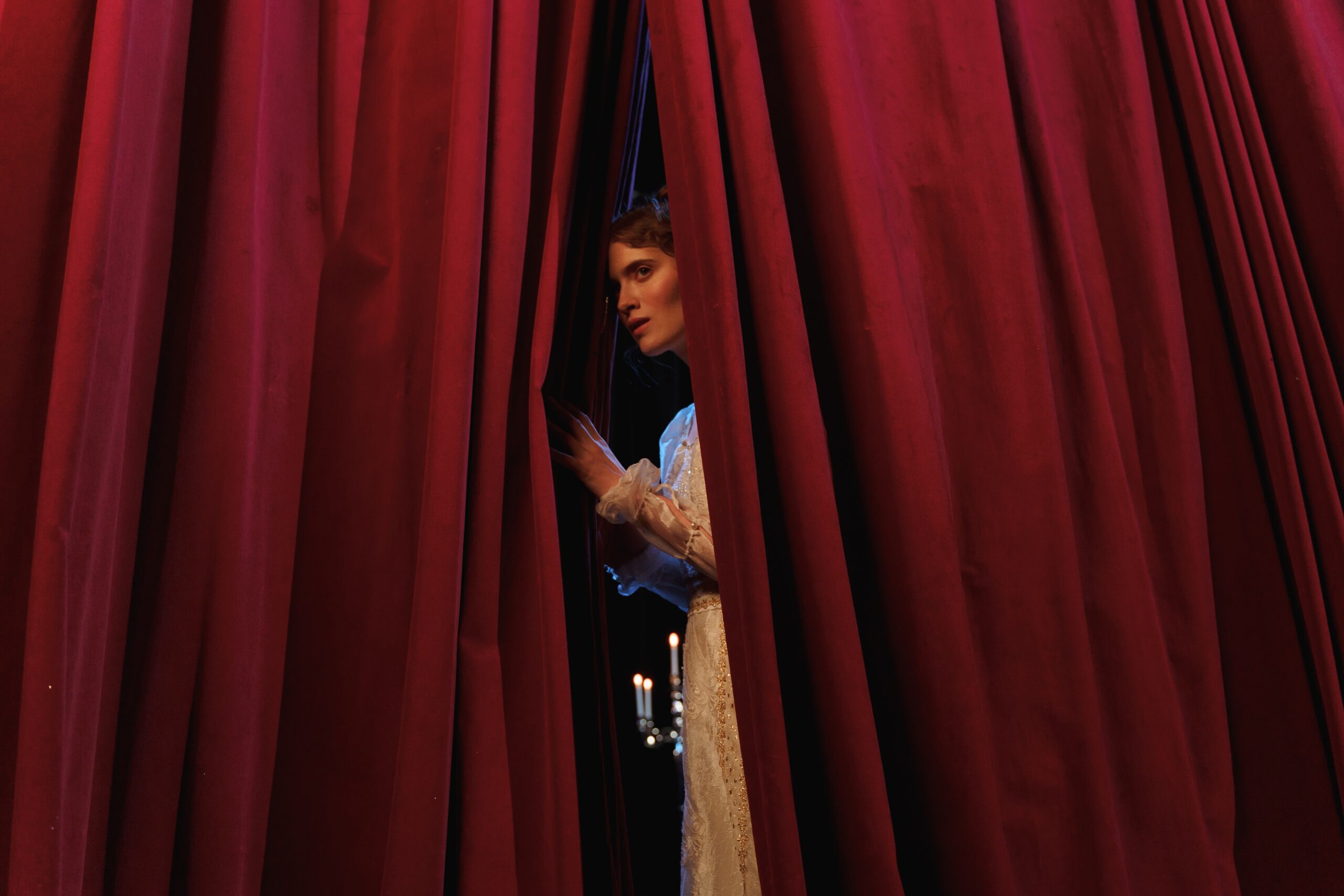
“Autonomy is one of the joys of encountering art”
It’s not just about the exhibits. Even in Covid-times, museums and galleries should also consider the quality of the visitors’ experience, argues Tascha von Uexkull.
Since the pandemic, museum-going has inevitably changed. Obligatory online reservations, mask wearing, one-way systems, sanitising stations, and enforced social distancing have all impacted on the spontaneity of the experience. As museums and visitors alike adjust to new Covid-19 regulations, I worry about the extent to which visitor experience and comfort have been sacrificed at the altar of exaggerated ‘safety’ procedures.
The Victoria and Albert Museum’s founding director Henry Cole realised the importance of attending to a broad range of visitor needs back in the 1850s, whereas most other museums didn’t invest in catering until the 20th century. Yet now we find it difficult to imagine a visit to a gallery or exhibition without a stop off in the cafe or gift shop.
This new attitude to museums, encouraged by the Great Exhibition of 1851, abandoned the former belief that audiences would engage because of the inherent value of the museum attractions themselves. Instead, a more democratic and comfortable environment was envisaged, with the refreshment and retail spaces valued as aspects of and not distinct from the museum collection itself.
With the new National Health Service Test and Trace systems in place in the United Kingdom, I’ve noticed that this connection has become a little lost. The V&A website informs us that the main cafe and garden cafe are considered ‘separate spaces from the rest of the museum by NHS Test and Trace’ and therefore you must check in prior to entering, thus inhibiting the ability to wander unconsciously between the two spaces. Similarly, when I enter the Barbican Kitchen after viewing the exhibition upstairs, I am asked to provide my name, phone number, and email address before I’m able to order a peppermint tea.
One strange and undesirable effect of this whole crisis is how reliant it has made us on our phones.

Scan the NHS app to enter the museum. Scan the exhibition ticket to enter the exhibition. Scan the contactless machine to buy your 80p postcard from the gift shop. Scan the QR code to purchase a tea from the cafe… Museums used to provide a welcome reprieve from digital inertia; now phone screens are the gateway to everything.
In this brave new world I am concerned about self-proclaimed technophobes (like my mum) whose autonomy is constricted by these rules, not to mention the harmful impact of an increasingly cashless society on the most vulnerable.
Call me old-fashioned but on a personal level I miss the conversations with the box office staff and the excitement of pocketing my ticket and saving it for my journal later. Returning to exhibition tickets, noting the date and the design, always used to fill me with a quiet nostalgia. Now the tickets, generally uniform in their bland PDF format, just clutter up my phone storage.
It is always dangerous when one crisis takes precedence over all else.
One-way systems may purport to be for our ‘safety’ but I fear they may raise different safety concerns. The notion of closing off multiple exits and tunnelling everyone through a single narrow entryway would once have been considered a fire risk. It still is.
The recent tragedy at an overcrowded religious festival in Israel, in which 45 people were crushed to death, highlighted, at an extreme level, the danger of cramming lots of people into a space and limiting the exit routes. It was reported that ‘bonfire areas were partitioned off as a Covid-19 precaution’, creating ‘choke-points on foot traffic’ as people attempted to escape the crush.
Aside from these more serious concerns, I also feel that the new world of Covid regulations means that visitors to museums are not so much welcomed as thrust inside with airport-like security measures.

Encountering the tranquility of the British Library’s piazza as you wander in from one of the many entrances used to be a retreat from the hustle and bustle of London traffic on Euston Road. One could admire the surprising Scandinavian-inspired architecture, with its use of natural materials, from the iconic handmade red bricks to the snail and oyster fossils embedded in the Travertine limestone floor.
For architect Colin St John Wilson, this encounter was all about touch – he noticed with pleasure how the visitor’s first instinct upon entry would be to ‘stroke the Travertine stone’. I do hope this tactile introduction has not been lost forever to a world of QR codes and hand sanitiser.
Institutions are not mere containers of the art which lies within, but embodiments of the wisdom and beauty they house. The British Library is Grade I listed – and yes, this includes the piazza, the boundary wall, and even the railings!
Of course, it is not just the British Library that has fallen prey to this approach. My re-introduction to the Barbican Arts Centre, an icon of Brutalist architecture, was also robbed of its normal charm. On previous visits I have had time to admire architects Powell & Bonn’s fabulous Silk Street entrance, the gateway to the Barbican’s concert halls, theatre, cinemas, restaurants, the Curve, the Barbican Art Gallery, the Barbican Library, and the lakeside.

On a recent visit, though, I was rushed inside, navigating my way to the stairs that provide a welcome oasis of calm and a glorious view of the pick-hammered concrete, all completed by hand. I’ve always loved to wander up these otherworldly winding concrete stairs, looking out onto the lake and the glorious mishmash of architectural styles across the famous archetypally Brutalist Gilbert Bridge.
Once inside, for a while I feel I have been given permission to roam, to ponder, and just be. Pushing open the heavy glass doors onto the third floor, though, this spell is quickly shattered. Once again, comfort – and presumably also the security of the artworks – is secondary, with the cloakrooms barred off to the public…
I’m told off for entering the gallery too quickly (!) and made to step outside again. I hold up the line because the QR code doesn’t work again.
By this point, the excitement with which I’d booked the exhibition is wearing off and more than anything I’d just like to wander autonomously without the constant sense of being watched, reprimands at the tip of every gallery invigilator’s tongue. Autonomy is one of the joys of encountering art; the ability to select one’s own path, hone in on particular works, and bypass others.
And yet the one-way system reduces visitors to cattle, forming an orderly queue to view the art on show. Spontaneity, it seems, has been eclipsed from both the booking and the viewing experience.
In museums, I used to feel I belonged, even when I couldn’t anywhere else. Covid-19 has done all kinds of harm to humanity, now it’s shaping us into reluctant conformists in uncomfortable realms which used to be the most comforting of spaces.
Like what you’ve read? Consider supporting the work of Adamah by making a donation and help us keep exploring life’s big (and not so big) issues!
